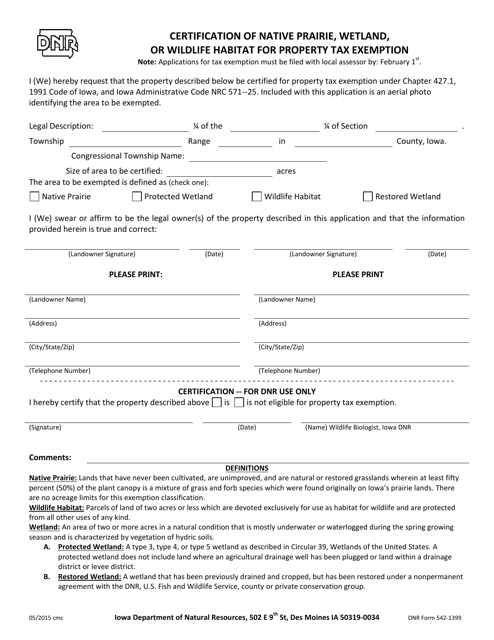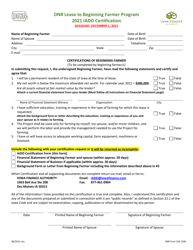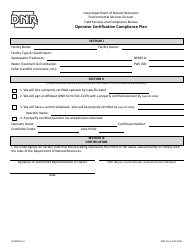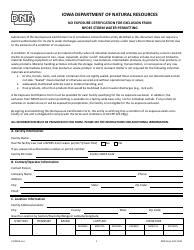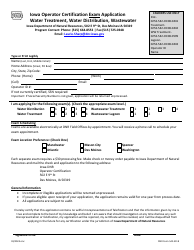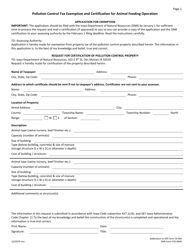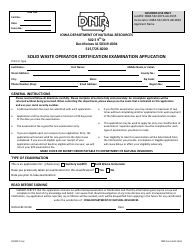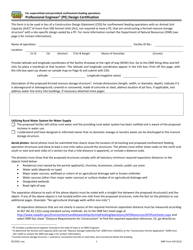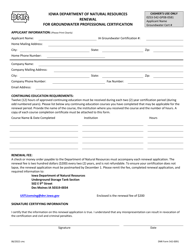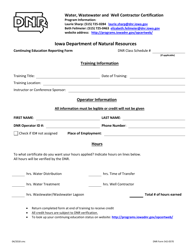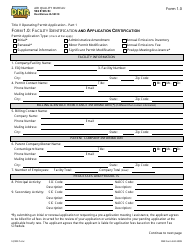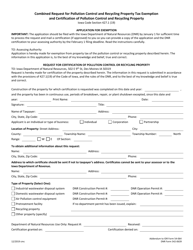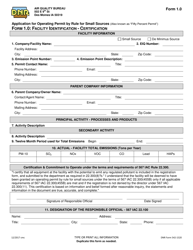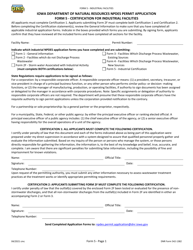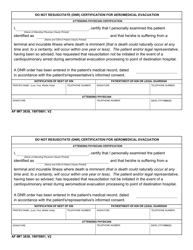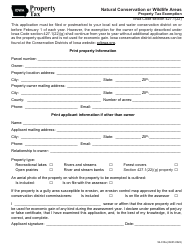DNR Form 542-1399 Certification of Native Prairie, Wetland, or Wildlife Habitat for Property Tax Exemption - Iowa
What Is DNR Form 542-1399?
This is a legal form that was released by the Iowa Department of Natural Resources - a government authority operating within Iowa. As of today, no separate filing guidelines for the form are provided by the issuing department.
FAQ
Q: What is DNR Form 542-1399?
A: DNR Form 542-1399 is a Certification of Native Prairie, Wetland, or Wildlife Habitat for Property Tax Exemption in Iowa.
Q: What is the purpose of DNR Form 542-1399?
A: The purpose of DNR Form 542-1399 is to certify a property as a native prairie, wetland, or wildlife habitat for property tax exemption.
Q: What does the certification provide?
A: The certification provides property tax exemption for qualifying properties that are designated as native prairie, wetland, or wildlife habitat in Iowa.
Q: Who can apply for the certification?
A: Any eligible property owner in Iowa can apply for the certification if their property meets the criteria for native prairie, wetland, or wildlife habitat.
Q: Are there any fees associated with the certification?
A: Yes, there is a $25 fee for processing the certification application.
Q: What are the criteria for native prairie, wetland, or wildlife habitat?
A: The criteria for native prairie, wetland, or wildlife habitat include specific land management practices and the presence of certain plant and animal species.
Q: How long is the certification valid?
A: The certification is valid for 10 years, after which it must be renewed.
Q: What are the benefits of the property tax exemption?
A: The property tax exemption can result in significant savings for property owners who qualify, as they are exempt from paying property taxes on the designated habitat areas.
Q: Can I still use the certified property for other purposes?
A: Yes, property owners can still use the certified property for other purposes, but they must comply with certain land management practices to maintain the certification status.
Form Details:
- Released on May 1, 2015;
- The latest edition provided by the Iowa Department of Natural Resources;
- Easy to use and ready to print;
- Quick to customize;
- Compatible with most PDF-viewing applications;
- Fill out the form in our online filing application.
Download a fillable version of DNR Form 542-1399 by clicking the link below or browse more documents and templates provided by the Iowa Department of Natural Resources.
